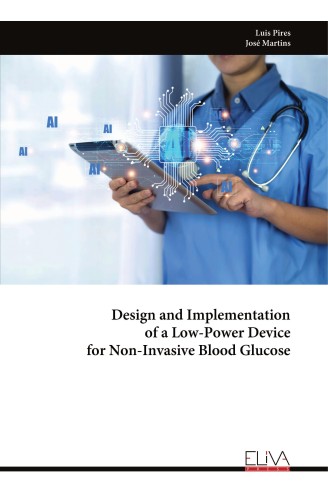Description
Glucose is a simple sugar molecule. The chemical formula of this sugar molecule is C6H12O6. This means that the glucose molecule contains six carbon atoms (C), twelve hydrogen atoms (H), and six oxygen atoms (O). In human blood, the molecule glucose circulates as blood sugar. Normally, after eating or drinking, our bodies break down the sugars in food and use them to obtain energy for our cells. To execute this process, our pancreas produces insulin. Insulin “pulls” sugar from the blood and puts it into the cells for use. If someone has diabetes, their pancreas cannot produce enough insulin. As a result, the level of glucose in their blood rises. This can lead to many potential complications, including blindness, disease, nerve damage, amputation, stroke, heart attack, damage to blood vessels, etc. In this study, a non-invasive and therefore easily usable method for monitoring blood glucose was developed. With the experiment carried out, it was possible to measure glucose levels continuously, thus eliminating the disadvantages of invasive systems. Near-IR sensors (optical sensors) were used to estimate the concentration of glucose in blood; these sensors have a wavelength of 940 nm. The sensor was placed on a small black parallelepiped-shaped box on the tip of the finger and the output of the optical sensor was then connected to a microcontroller at the analogue input. Another sensor used, but only to provide more medical information, was the heartbeat sensor, inserted into an armband (along with the microprocessor). After processing and linear regression analysis, the glucose level was predicted, and data were sent via the Bluetooth network to a developed APP. The results of the implemented device were compared with available invasive methods (commercial products). The hardware consisted of a microcontroller, a near-IR optical sensor, a heartbeat sensor, and a Bluetooth module. Another objective of this experiment using low-cost and low-power hardware was to not carry out complex processing of data from the sensors.




